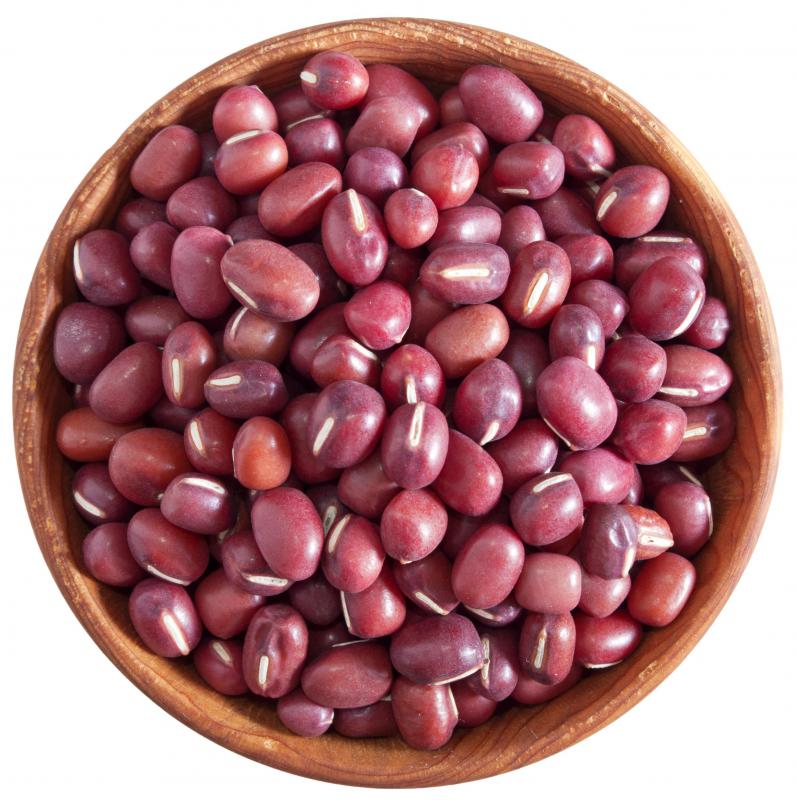At DelightedCooking, we're committed to delivering accurate, trustworthy information. Our expert-authored content is rigorously fact-checked and sourced from credible authorities. Discover how we uphold the highest standards in providing you with reliable knowledge.
What Is Hopia?
Hopia is a Filipino pastry dish filled with mung bean or adzuki bean paste. It comes in two pastry varieties; flaky pastry or a sweeter cake dough pastry. This dish is very popular in the Philippines, where it is also manufactured and exported across the world. Globally, it is becoming increasingly well known and more widely available.
A type of Filipino pastry, hopia is usually filled with sweet split mung bean paste. It is very popular in the Philippines and is becoming more widely eaten throughout the world. Hopia originated with Fujian immigrants who moved into, and integrated with, the urban populations in the Philippines. This pastry dish was first eaten around the time the Americans occupied the Philippines.

Hopia is a relatively small pastry, available in flaky or sweet cookie dough-like textures. The most widely enjoyed variety is hopiang mungo, a non-greasy, flaky pastry, based on Chinese-style puff pastry. Split mung bean paste is the filling of choice for hopiang mungo and is occasionally also made with the cake dough-style pastry. Another flaky variety is hopiang baboy which has a breadcrumb paste filling, candied pork fat and green onions.
Hopiang Hapon is a variety that is filled with sweet azuki bean paste. It is usually made using the cake dough-style pastry and formed into cube or circular shapes, before baking or cooking on a griddle. Another favorite type of hopia among Filipino people is Hopiang Ube. It used to be eaten only during the Christmas season, but due to its national popularity, is now eaten anytime. Hopiang Ube contains purple yam paste and is available in flaky or cookie dough-style pastries.
There is a popular recipe widely available on the internet that can be used to make hopia at home. It involves soaking mung beans overnight, then boiling and mashing them to make a paste. Sugar is then added and worked into the mixture.
The pastry dough is created using multipurpose flour, oil and water. It is a smooth dough, which is then rolled into log shapes and cut into pieces. Sweet mung bean paste is spread onto each, after flattening the pastry pieces. The pastries are then rolled into balls and brushed with beaten egg. Hopia are baked until golden. Preparation time is about three hours altogether, not including the time taken to soak the beans.
AS FEATURED ON:
AS FEATURED ON:











Discuss this Article
Post your comments